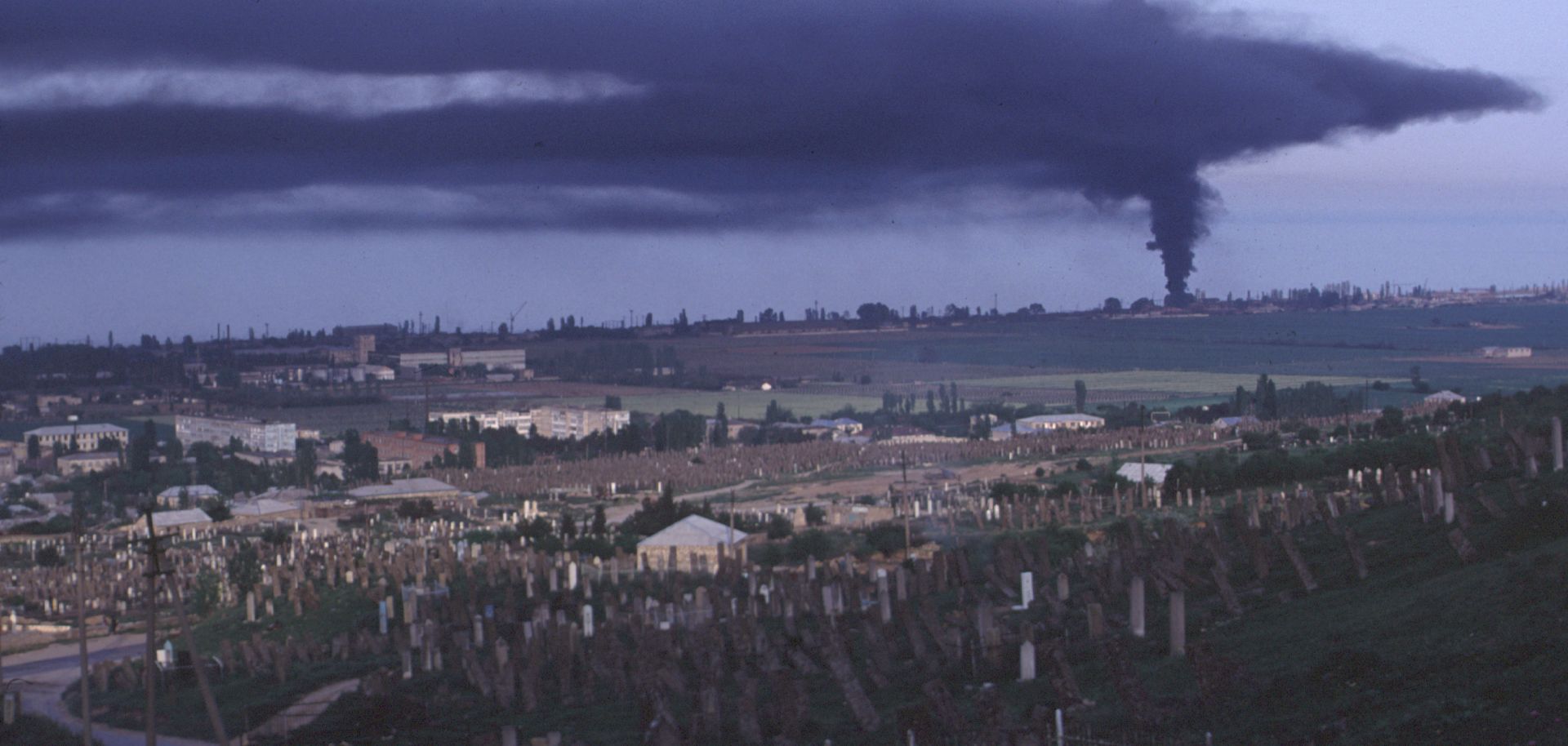
The Russian republic of Dagestan is home to both complex terrain and a multitude of ethnicities. Dagestan is located more than 1,300 kilometers (about 800 miles) from Moscow in the easternmost part of the North Caucasus mountain range. Several Caucasus republics have experienced militancy in the past, but Dagestan is different from those areas in large part because the complex physical terrain of the region compounds its ethnic divisions, making it uniquely suited to militant activity. Dagestan is made up of both mountainous highlands and coastal flatlands. The presence of international borders as a man-made division is another advantage for militants, who can seek refuge or obtain resources across the border. The climate and resulting weather conditions in Dagestan diverge from other areas in the Russian Caucasus due to its location on the edge of the mountain range. Winter in the western part of the mountain range lasts only three months, from December to February, while to the east in Dagestan it lasts five months, from November to March.
However, in the highest regions of the Caucasus, winter conditions can last for seven months, from October to April. Temperatures that can drop as low as minus 20 degrees Celsius (minus 4 degrees Fahrenheit) make these winters very harsh, and snow complicates mobility in the mountainous areas. Dense cloud cover during the winter periods also makes observation by air assets difficult in the region. Even during the summer season, snowfall, storms and clouds or fog in higher mountain regions can create very difficult circumstances for operations by militants or government forces opposing them. Even when these conditions are not present, the complex topography and vegetation, which consists of deciduous forests, put limitations on the ability of Russian or Dagestani security forces to combat militancy in the region. Beyond the geographic features of the area, the human terrain has also heavily influenced the conflict in Dagestan and the shape militancy has taken there. Home to more than 100 distinct ethnic groups, Dagestan is an extremely diverse region. However, unlike the conflict in neighboring Chechnya, which is more ethnically homogenous, militancy in Dagestan is not focused on achieving independence from Russia. Instead, militancy has primarily consisted of internal battles between ethnic or jihadist groups and Russian or Dagestani security forces, and it has rarely resulted in attacks outside Dagestan or against the central government in Moscow.



